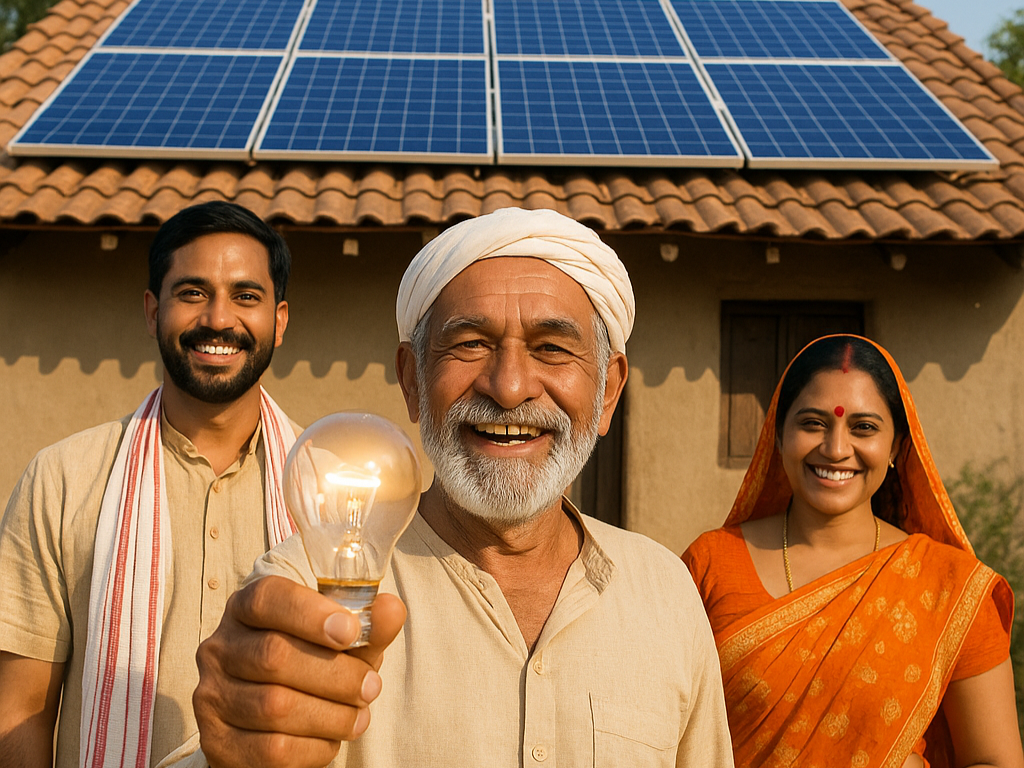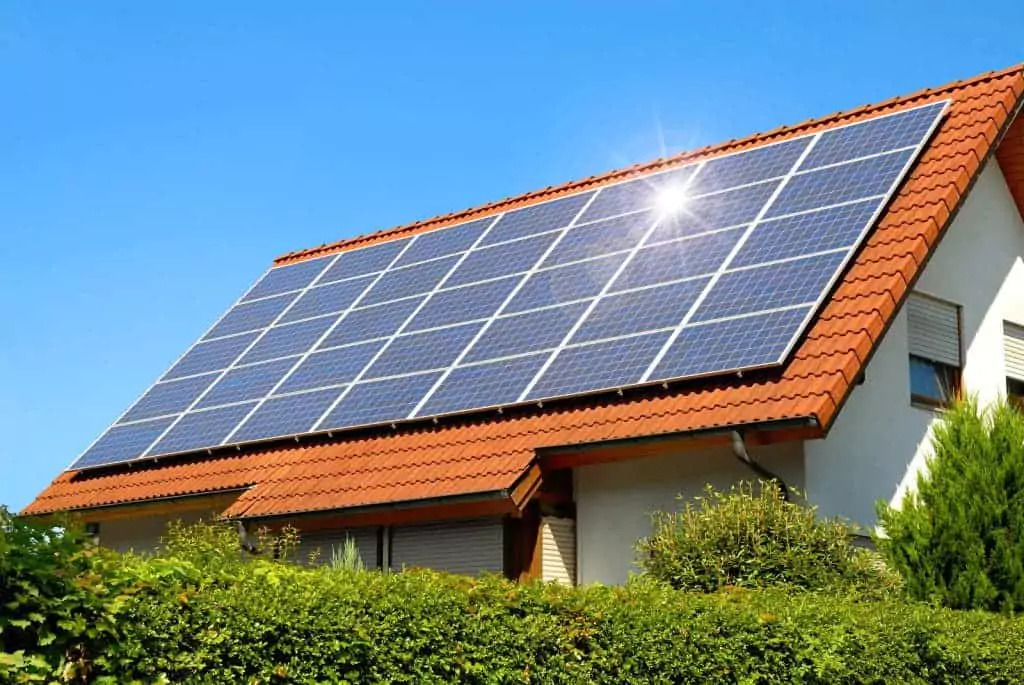Solar energy is becoming the go-to solution for homeowners looking to cut energy bills and reduce their carbon footprint. A solar panel system captures sunlight and converts it into electricity, offering a clean and renewable energy source. Here’s everything you need to know before installing a solar panel system. Power Your Home with a Solar Panel System.

Why Choose Solar Energy?
- Reduce Electricity Bills: Solar panels generate free electricity during the day, which lowers your monthly utility costs.
- Environmentally Friendly: Solar power reduces reliance on fossil fuels, cutting greenhouse gas emissions.
- Increase Property Value: Homes with solar installations often sell faster and at a higher price.
- Low Maintenance Costs: Once installed, solar systems require minimal upkeep.
How Solar Panel Systems Work
- Solar Panels Capture Sunlight: Photovoltaic (PV) cells absorb sunlight and convert it into direct current (DC) electricity.
- Inverter Converts Power: An inverter changes DC electricity into alternating current (AC), which powers your home.
- Electricity Powers Your Home: The converted electricity feeds directly into your home’s power system.
- Excess Power Goes to the Grid: If your system produces more energy than you use, the extra electricity flows to the utility grid (if net metering is available).
Components of a Solar Panel System
- Solar Panels – The primary component that captures sunlight.
- Inverter – Converts DC into usable AC electricity.
- Mounting Structure – Supports and secures the panels on your roof or ground.
- Battery Storage (Optional) – Stores excess energy for use during night or outages.
- Monitoring System – Tracks energy production and system performance.
Steps to Install a Solar Panel System
- Evaluate Your Energy Needs – Analyze your electricity usage to determine the right system size.
- Inspect Your Roof – Ensure your roof is suitable and gets sufficient sunlight.
- Choose a Certified Installer – Work with a reputable professional to ensure quality installation.
- Get Permits and Approvals – Apply for local permits and utility approvals.
- Install the System – Let professionals handle the installation process.
- Connect to the Grid – After testing, connect your system to the power grid.
- Monitor Performance – Use software or apps to track energy generation and savings.
Cost and Savings
- Initial Investment: Solar panel systems can range from $10,000 to $30,000 before incentives.
- Incentives & Rebates: Government programs can reduce upfront costs significantly.
- Payback Period: Most homeowners recover their investment within 6–10 years.
- Long-Term Savings: Solar panels typically last 25–30 years, offering decades of reduced energy costs.

Government scheme for free electricity
The Government of India launched the PM Surya Ghar: Muft Bijli Yojana on February 29, 2024, aiming to revolutionize residential energy consumption by promoting rooftop solar installations across the country. With an ambitious outlay of ₹75,021 crore, the scheme is set to empower one crore households by 2027, providing them with free electricity and substantial subsidies for solar panel installations.
Final Thoughts
Installing a solar panel system is a smart investment that benefits your wallet and the planet. By taking advantage of solar energy, you gain energy independence, reduce carbon emissions, and increase the value of your property. Make the switch today and harness the power of the sun! Power Your Home with a Solar Panel System.
Follow Profitpiligrim for more news.

4 thoughts on “Power Your Home with a Solar Panel System”